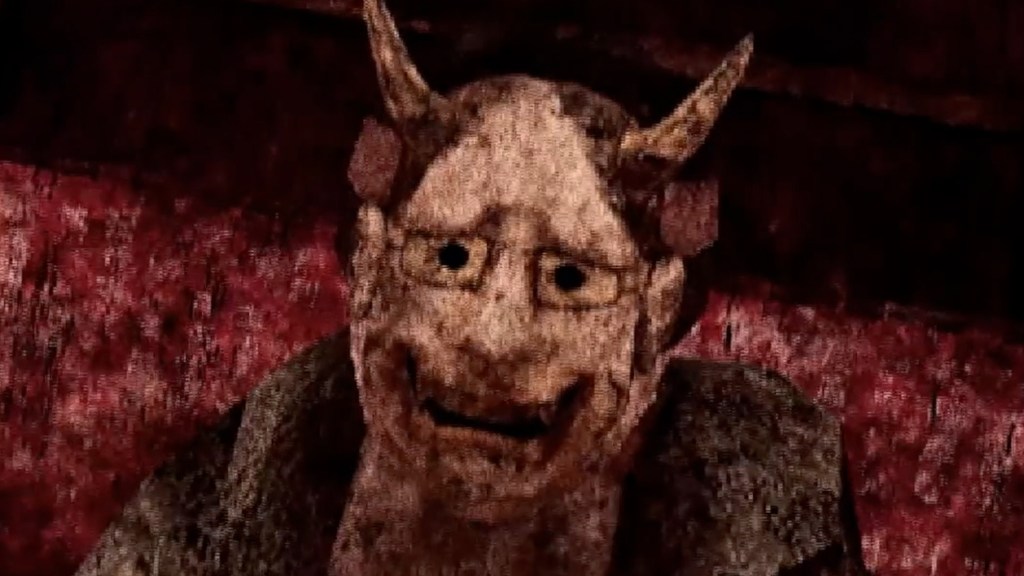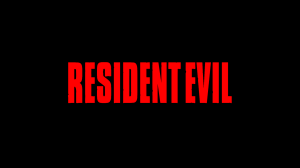Labyrinth of the Demon King is evil in ways specific to the PS1 era of horror games. It’s grainy, actively hostile to the player, and often opaque, making it reminiscent of the days when most horror games only catered to the sickos. It has an undeniable and impeccable style, and the game leans on it pretty hard, but the individual parts that give Labyrinth an edge also hold it back in pretty severe ways.It is, however, a quilt stitched together from genre greats.
Videos by ComicBook.com
Labyrinth’s Japanese setting evokes the horror-adjacent Onimusha series (which started as a “ninja” version of Resident Evil), but its most clear inspiration is Silent Hill. While there are some Resident Evil nods — opening doors and going down stairs plays a small cutscene straight out of the first 1996 entry — it’s mostly based on the first two core installments in Konami’s seminal horror series. Players start out in a foggy forest in the middle of Feudal Japan and gradually make their way into a castle that’s not as it seems. There’s even a grieving woman after the intro, much in the vein of Silent Hill 2’s Angela.
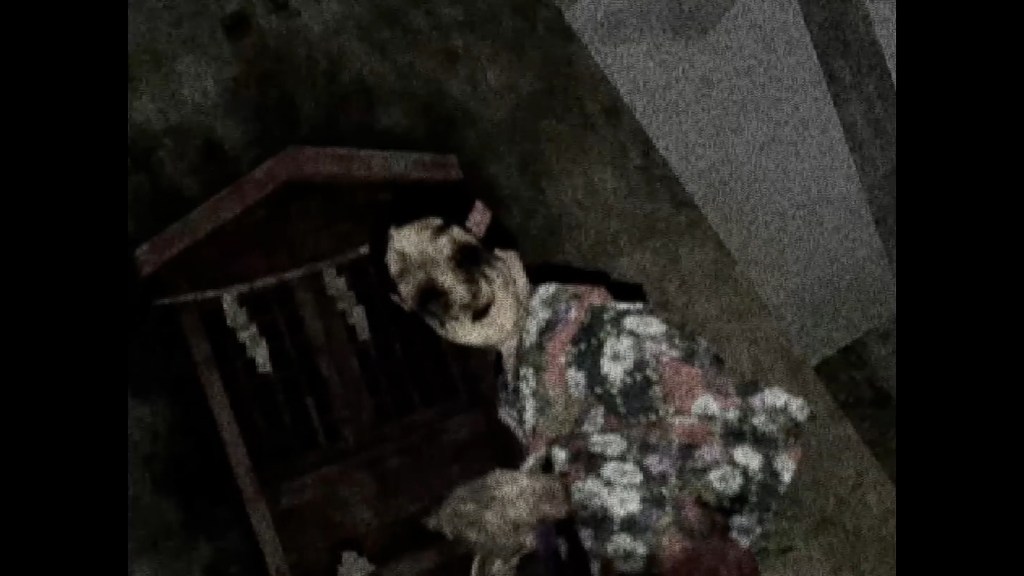
RELATED: All Silent Hill Games Ranked From Worst to Best
A thick blanket of fog and ominous audio make it immediately unsettling, and that feeling only worsens within the harrowing castle walls. Ungodly creatures stalk the halls and often either sprint at the player from the void or hide around corners in an attempt to ambush them. Only a few swipes spell death. Lighting is a precious commodity. The brown, grimy, and pixelated textures only make it harder to see. There is always an uneasy ambience that sounds like the world is screeching or squirming because of the uncomfortable hell that has been thrust upon it. It’s awfully similar to the sound design in Silent Hill 2 in that way, which is an incredibly high compliment.
The low poly aesthetic (and more narrow aspect ratio) hides everything behind a layer of fuzz that makes it all a little harder to make out. This is most evident during the short found footage-esque cutscenes because it’s unclear exactly what’s going on. It uses its sound design, quick cuts, awkward angles, and the theater of the mind to create something more frightening. With perfect lighting and framing, it’s probably laughable. With the aforementioned intentional grime, it’s harrowing.
Its aesthetic similarities to Silent Hill and cultural overlap with Onimusha also, in a broad sense, carry over to its gameplay. In an attempt to earn the first word of its name, Labyrinth is a first-person dungeon crawler that has players scurrying back and forth to find keys and solve puzzles. It’s a core part of horror games like this, and this ability to stretch more mileage out of a smaller space is something Silent Hill and Resident Evil are known for.
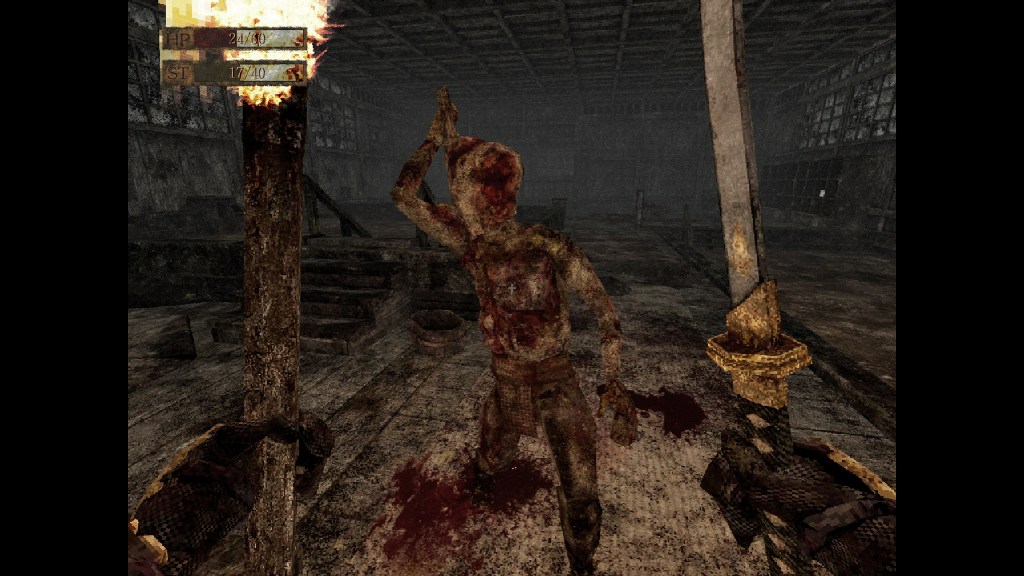
However, this is where Labyrinth begins to crack and demonstrate its worst tendencies. Enemies respawn at an annoying clip and, because of the claustrophobic hallways, mean players almost always have to stop and tediously hack away at whatever bladed rat-like being or creepy crawly that has just wiggled out of hell in the last 30 seconds. Sometimes they even spawn right in front of doors and get a cheap shot in just a second after everything has loaded in, and it’s never a welcome kind of jump scare.
Combat is purposely laborious, but it goes overboard with its absurdly slow stamina recharge rate. Running out is often a death sentence and forces players to be frugal. But, especially early on, this leads to having to constantly sprint away in order for it to recharge between hits, and it’s almost always tedious. Swordplay doesn’t need to be like Devil May Cry or even Bloodborne and there’s potential in its simple dodging and parrying, but the barrage of lengthy fights artificially elongate everything and drag the pacing down. It also all feels meaningless when everything resets so rapidly since hard-fought victories are basically undone. Hard-fought victories are often undone within minutes, too, which makes it all feel a little meaningless.
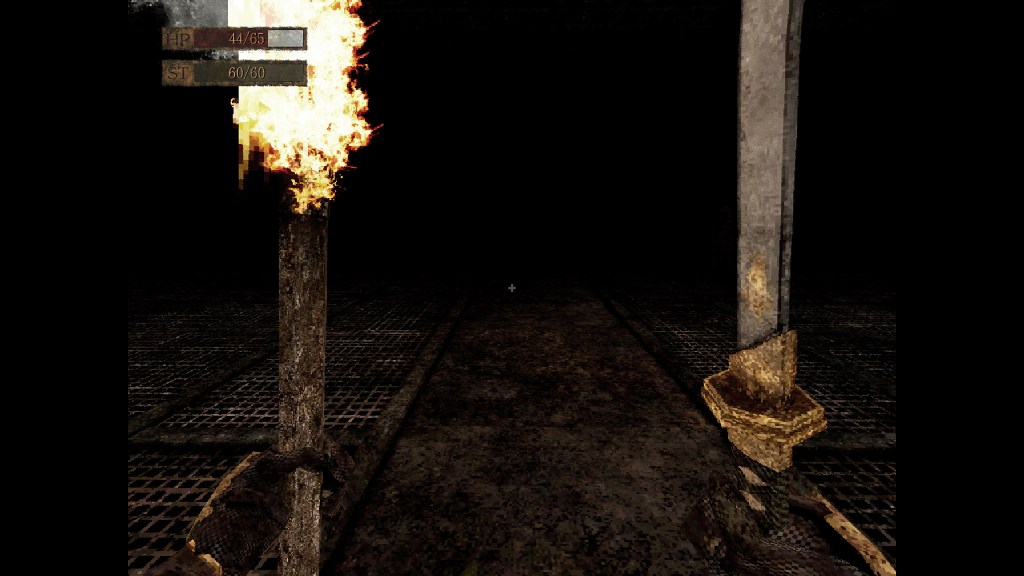
Navigating also has too many pain points, many of which stem from its terrible map. It doesn’t tell players exactly where they are (only the room or hallway they’re in) and doesn’t appropriately differentiate between blocked paths or locked doors. Going to check a room that looks open, only to have to turn back around when that path is blocked, kills the will to explore and often leads to many unnecessary fights.
A sense of disorientation is appropriate and can heighten the tension if done correctly, but it goes overboard when working against the player this hard. It’s already got relatively obtuse objectives, a persistent unkillable Mr. X-like stalker who ratchets up the tension, and a repetitive environment that is too easy to get lost in, so it doesn’t need to also make getting around even more annoying.
Horror games like this have to know how to dole out their pain. Not enough drains the atmosphere, but layering it on too thickly makes it overly grueling. Labyrinth of the Demon King is more or less planted in the latter camp. Searching every corner of a haunted Japanese castle while fending off cursed and sometimes invincible souls can be a rush, yet much of that tension is undercut when it opts to work against the player at every turn with its overturned respawns and abysmal map. It doesn’t necessarily need to be easier or more soothing. It just would benefit from being slightly less evil.

